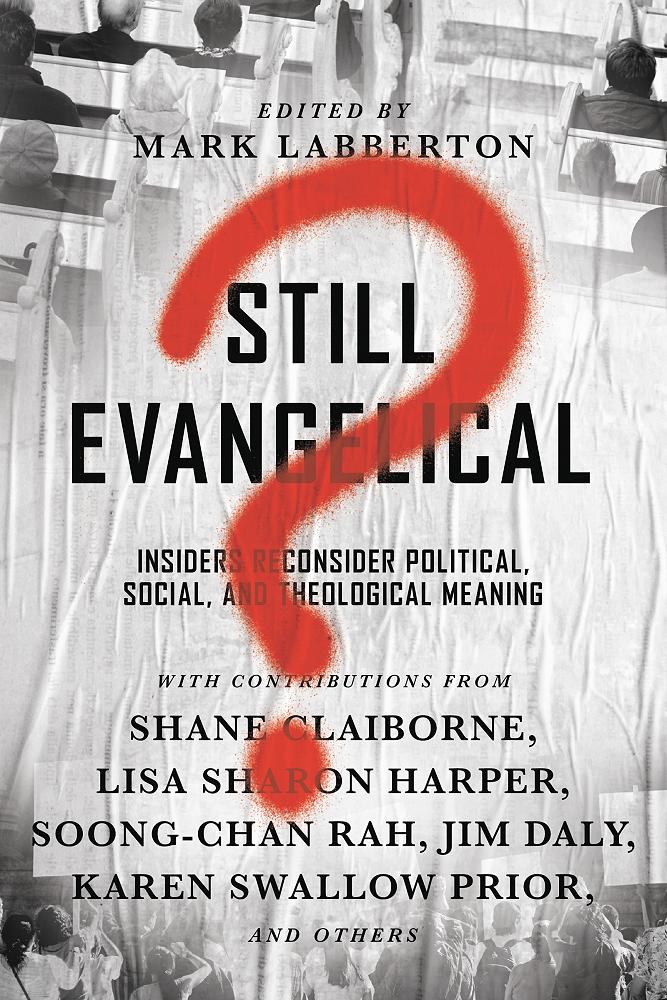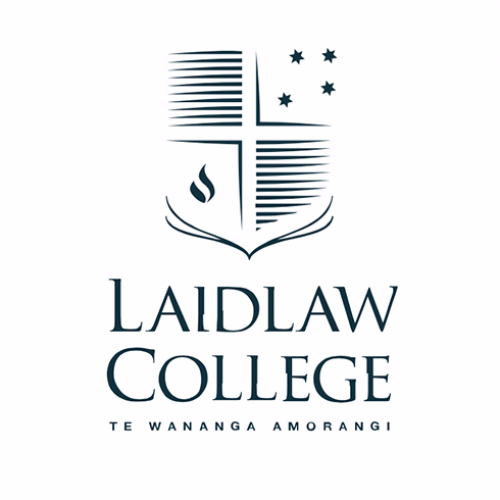
Book Review: Still Evangelical? Insiders Reconsider Political, Social, and Theological Meaning
Mark Labberton, Editor
The 2018 Presidential address at the large American Academy of Religion annual meeting is entitled “In the Ruins of White Evangelicalism” and delivered by David Gushee – a white evangelical. The apparently self-critical title hints at the ways in which evangelicalism in America has been split apart by the continuing support of white evangelicals for Donald Trump. For a movement that has prided itself on the utter centrality of Christ and gospel, the puzzlement and even pain of being strongly divided by a person such as Trump is not difficult to imagine. It is this evangelical identity crisis that is the subject of Still Evangelical?
There are several good reasons for reading this volume. The first is the clear and even courageous editorial Introduction with its argument that the supposed crisis in American evangelicalism has been triggered by the way in which “the word evangelical has morphed in common usage from being a reference to a set of primary theological commitments into something akin to a passionately defended, theo-political brand” (3). For Labberton and his fellow contributors, popular American evangelicalism has become “an amalgam of theological views, partisan political debates, regional power blocks, populist visions, racial biases, and cultural anxieties, all mixed in an ethos of fear” (3) generated by the religious right. Labberton’s own starting point is the plausible assertion that to be evangelical is to begin with a commitment to love God and identify with that love in Christ as the foundation of proclaiming and enacting the evangel of God’s love, justice, and mercy in Christ. This means that “to be evangelical is to … repudiate and resist all forces of racism and misogyny, and all other attitudes and actions, overt and implied, that subvert the dignity of people, who are made in the image of God” (17).
A second reason is found in a typically challenging chapter from Mark Galli whose critique includes a sharp analysis of the evangelical left. He warns that “elite” evangelicals belong to a distinct social class that feels betrayed by the white evangelicals who voted for Trump. In other words, evangelicalism is divided not only along racial and ethnic lines but also by class, to the point that evangelicals who divided over Trump are now increasingly embarrassed about one another. He argues that these elite evangelicals on the left are also formed as much by their own political ideology and cultural location as by their biblical theology; perhaps a similar warning might be sounded here in Aotearoa NZ where institutional evangelicalism maintains an uneasy relationship with its sometimes politically conservative constituents?
A third commendable feature of the book is provided by the remaining authors whose very names suggest a promising diversity of viewpoints: three are women (one a black American) and four carry Asian or Latino names – a picture not reflective of the usual media portrait of evangelicalism – even though this very diversity might well dissuade other American evangelicals from reading it. One aspect of this diversity relates to an important sub-theme of the volume: should the word evangelical itself be abandoned for something carrying less politico-cultural baggage? All but one of the authors want to retain the word and purge it of the “surplus meaning” attached to it over recent decades. And here there is a link with global Christianity. In the book’s final chapter, Tom Lin, president of InterVarsity in the USA, warns that those Americans who do (or want to) abandon the term are being insensitive to fellow evangelicals in the global south; to abandon the word reveals American self-absorption and exceptionalism. Two other contributors (Allen Yeh and Soong-Chan Rah) make essentially the same point: Western Christians can no longer presume to define what is normative for global evangelicalism.
The book also contains a further ten chapters that discuss the current state of American evangelicalism, often asserting or implying a defection from Bebbington’s summary of historic evangelicalism in terms of conversionism, activism, crucicentrism, and Biblicism; over against what one contributor (Mark Young) calls the reduction of contemporary evangelicalism to “a partisan political ideology … a tragedy for those who simply cannot hear the gospel through the din of our partisan political engagement” (50). A forcefully-worded chapter by Lisa Sharon Harper – self-identifying as an African-American evangelical activist – asserts the ongoing presence of racism in the “political conservatism [that] became the official ideology of evangelicalism” (22). With this ideology in mind she calls for a process of repentance, restitution, and repair among (white) evangelicals (30). In chapter nine, “Evangelicalism Must Be Born Again,” Shane Claiborne turns to the Sermon on the Mount to argue that there “God seems to bless the very antithesis of many of the things America has come to stand for: prosperity, pride, and power … We have made idols out of wealth, fame, power, and whiteness, and the phenomena of Trump is a natural outgrowth of that idolatry” (168).
Alongside the commendable features of the volume several weaknesses seem apparent. Although the authors spend time (re)defining evangelicalism, none of them discuss the way in which, especially in America, quite large numbers of people identify as evangelical but either cannot specify its historic doctrinal commitments or simply seem not to adhere to them. Nor is the semantic confusion easily resolved by an appeal to something like the Bebbington quadrilateral (as many of the volume’s authors do) with its framing in ideological-like categories that are unappealing to (and almost completely unknown by) either American or global evangelicals outside the small circle of those described as “elite” by Mark Galli. And might not the inclusion of a voice or two – either principled or even merely pragmatic – from the right have enabled the book’s critique both to be presented and heard a more clearly? Bebbington’s editorial hand seems to have been laid very lightly, if at all, on his authors, in whose chapters there is a considerable overlap of themes and resultant repetition; a few of the chapters are, in places, unhelpfully uncritical and distractingly nostalgic. Moreover, no clear path ahead emerges – except for repeated calls to abandon the right-wing rhetoric and to remember and return to a clearer, kinder evangelicalism more obviously tied to its origins in the evangel itself. An editorial postscript or even some kind of summary concluding chapter would have greatly extended the book’s value as a robust apologia against the dismissive claims that American evangelicalism is irretrievably hypocritical, self-interested, and politically co-opted.
What then might the volume say to Kiwi readers? Perhaps gratitude that what one contributor calls “the inherent flaws of a deeply individualistic faith tradition” (45) are not quite so visible here as among America’s thirty-thousand Protestant denominations? Perhaps even a prayer of gratitude that, despite several self-destructive conservative flirtations with ideological underpinnings parallel to American “culture wars,” Protestantism in these islands has resisted the syncretistic mingling of the gospel with ideological contaminants. After all, as the volume’s editor himself concludes: “the highest reputed value in evangelicalism is the gospel itself – the only good news that can finally change the world. Thus the hope and corrective, to the right or left of evangelicalism, is that the evangel can and must continue to change evangelicalism itself. … The evangel holds our evangelicalism to account and not vice versa” (16-17).
Bob Robinson is Senior Fellow Emeritus of Laidlaw College; his most recent book is as co-author of: ’Without Ceasing to Be a Christian’: A Catholic and Protestant Assess the Christological Contribution of Raimon Panikkar.
